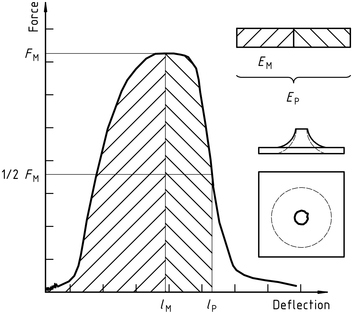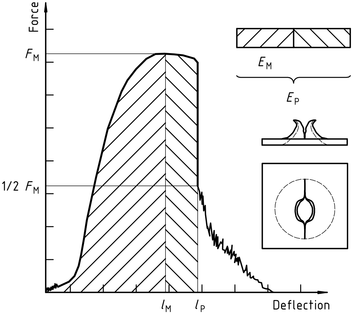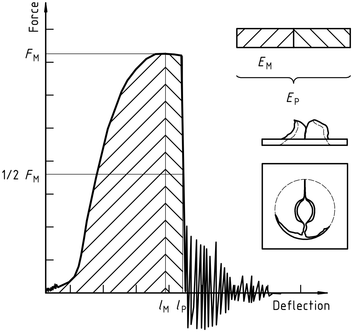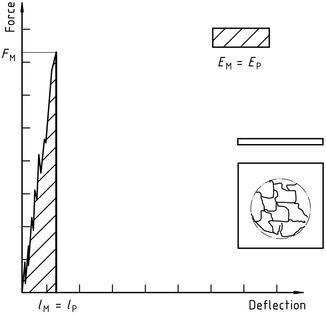ISO 6603-2-2000 “Plastik – Penentuan perilaku dampak tusukan plastik kaku – Bagian 2: Uji dampak instrumen”
perkenalan
ISO (Organisasi Internasional untuk Standardisasi) adalah aliansi global badan standar nasional (badan anggota ISO). Pengembangan standar internasional biasanya dilakukan melalui komite teknis ISO. Setiap lembaga anggota yang tertarik pada suatu mata pelajaran yang telah dibentuk komite teknisnya berhak untuk diwakili dalam komite tersebut. Organisasi pemerintah dan non-pemerintah internasional yang bekerja sama dengan ISO juga terlibat dalam pekerjaan ini. ISO bekerja sama dengan Komisi Elektroteknik Internasional (IEC) tentang segala hal standardisasi kelistrikan.
Standar internasional disusun sesuai dengan aturan yang diberikan di Bagian 3 dari Petunjuk ISO/IEC.
Rancangan standar internasional yang diadopsi oleh Komite Teknis akan diedarkan ke badan-badan anggota untuk pemungutan suara. Publikasi sebagai standar internasional memerlukan persetujuan paling sedikit 75% dari lembaga-lembaga anggota.
Please note that some elements of this part of ISO 6603 May be the subject of a patent right. ISO tidak bertanggung jawab untuk mengidentifikasi salah satu atau semua paten tersebut.
ISO standar internasional 6603-2 dikembangkan oleh Komite Teknis ISO/TC 61, Plastik, Subkomite SC 2, Mechanical Properties.
ISO 6603-2-2000 “Plastik – Penentuan perilaku dampak tusukan plastik kaku – Bagian 2: Uji dampak instrumen”
Edisi kedua membatalkan dan menggantikan edisi pertama (ISO 6603-2:1989), yang secara teknis telah direvisi.
ISO 6603 terdiri dari bagian-bagian berikut, under the general heading Plastics – Penentuan perilaku dampak tusukan plastik kaku:
– Bagian 1: Pengujian dampak non-instrumental
– Bagian 2: Instrumented impact testing
Appendices A to E of this part of ISO 6603 are for information purposes only.
1 Jangkauan
Bagian dari ISO ini 6603 specifies a test method for determining the puncture impact properties of rigid plastics in the form of flat specimens using instruments that measure force and deflection. This applies if a force-deflection or force-time plot recorded at a nominal constant firing pin speed is necessary to characterize impact behavior in detail.
ISO 6603-1 can be used if ISO 6603-1 is sufficient to characterize the impact behavior of plastics by an impact failure energy threshold based on many samples.
The purpose of this part of ISO 6603 is not to explain the mechanisms that occur at each particular point on the force-deflection chart. These explanations are the task of scientific research.
Note also Article 1 of ISO 6603-1:2000.
ISO 6603-2-2000 “Plastik – Penentuan perilaku dampak tusukan plastik kaku – Bagian 2: Uji dampak instrumen”
2 Acuan normatif
The following normative documents contain provisions that, by reference herein, merupakan ketentuan bagian ISO ini 6603. Untuk referensi bertanggal, any subsequent revisions or amendments to these publications will not apply. Namun, Parties to agreements based on this part of ISO 6603 are encouraged to investigate the possibility of applying new versions of the following normative documents. Untuk referensi tidak bertanggal, a new version of the standard-setting document referred to applies. ISO and IEC members maintain a register of currently valid international standards.
ISO 2602:1980, Statistical interpretation of test results – mean estimation – confidence intervals.
ISO 6603-1:2000, Plastik. Determination of puncture impact behavior of rigid plastics. Bagian 1: Non-instrumental impact tests.
3 Istilah dan definisi
For this part of ISO 6603, istilah dan definisi berikut berlaku.
3.1 Kecepatan tumbukan
The speed of the firing pin relative to the support at the time of impact
Catatan 1: The impact velocity is expressed in meters per second (MS).
3.2 Force F
The force exerted by the firing pin on the specimen in the direction of impact
Catatan 1: Force is expressed in Newtons (N).
3.3 Deflection l
The relative displacement between the firing pin and the specimen holder begins with the first contact between the firing pin and the specimen
Catatan 1: Deflection is expressed in millimeters (mm).
3.4 Energy
The energy expended to deform and penetrate the specimen up to the deflection L
ISO 6603-2-2000 “Plastik – Penentuan perilaku dampak tusukan plastik kaku – Bagian 2: Uji dampak instrumen”
Catatan 1: Energy is expressed in joules (J).
Catatan 2: The energy is measured as the integral of the force-deflection curve from the point of impact to the deflection l.
3.5 Maximum Power FM
The test process occurs with maximum force
Catatan 1: Maximum force is expressed in Newtons (N).
3.6 Deflection lm at maximum force
Deflection at maximum power FM
Catatan 1: Deflection under maximum force is expressed in millimetres (mm).
3.7 Energy to maximum power
The energy expended at maximum force reaches deflection lM
Catatan 1: The most powerful energy is expressed in joules (J).
3.8 Puncture deflection lP
The force is reduced to half the deflection of the maximum force F M
See Figures 1-4 dan Catatan 3.9.
Catatan 1: Puncture deflection is expressed in millimeters (mm).
ISO 6603-2-2000 “Plastik – Penentuan perilaku dampak tusukan plastik kaku – Bagian 2: Uji dampak instrumen”
3.9 Puncture Energy
The energy consumed until the puncture deflects lP
See Figures 1-4 and note 2.
Catatan 1: The puncture energy is expressed in joules (J).
Catatan 2: When testing hard materials, a probe mounted at a distance from the impact tip can record the friction force acting between the cylindrical part of the firing needle and the piercing material. The corresponding friction energy should not be included in the piercing energy, so the piercing energy is limited to that deflection, where the force drops to half of the maximum force FM.
3.10 Impact Failure
The mechanical properties of the material to be measured may be of one of the following types (Lihat Catatan) :
| A) | YD | yIELDING(Zero slope at maximum force), followed by DEEP drawing |
| B) | YS | (Zero slope at maximum force) then (at least partially) the S table cracks |
| C) | yu | yIELDING(Zero slope at maximum force) and then u unstable cracking |
| D) | New function | no yielding |
ISO 6603-2-2000 “Plastik – Penentuan perilaku dampak tusukan plastik kaku – Bagian 2: Uji dampak instrumen”
Catatan 1: A comparison of Figures 2 Dan 3 shows that puncture deflection lP and puncture energy EP are the same for failure types YS and YU. As shown in Figure 4, in the case of failure type YU, the deflection and energy have the same values at the maximum and at the puncture. For complex behaviour, see annex A.
Angka 1 – An example of a force-deflection diagram of the typical appearance of a specimen after yielding (zero slope at maximum force) followed by deep drawing and testing (using lubrication)

Angka 2 – Example force-deflection diagram of failure by yield (zero slope at maximum force), followed by steady crack growth, and typical appearance of the specimen after testing (using lubrication)

Angka 3 – Example force-deflection diagram of failure through yield (zero slope at maximum force) and the typical appearance (lubrication) of the specimen after testing

Note the natural vibration of the force detector can be seen after the unstable cracking (firing pin and weighing sensor).
Angka 4 – Example force-deflection diagram of unyielding failure followed by unstable crack propagation and typical appearance of the specimen after testing (using lubrication)

ISO 6603-2-2000 “Plastik – Penentuan perilaku dampak tusukan plastik kaku – Bagian 2: Uji dampak instrumen”
Hanya bagian informasi standar yang bersifat publik. Untuk melihat konten selengkapnya, Anda perlu membeli standar melalui saluran resmi.
